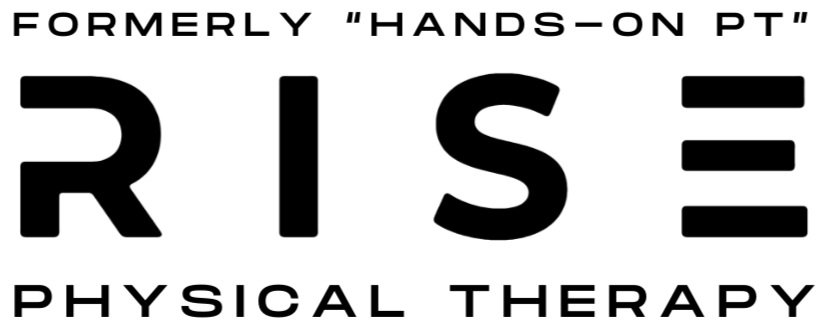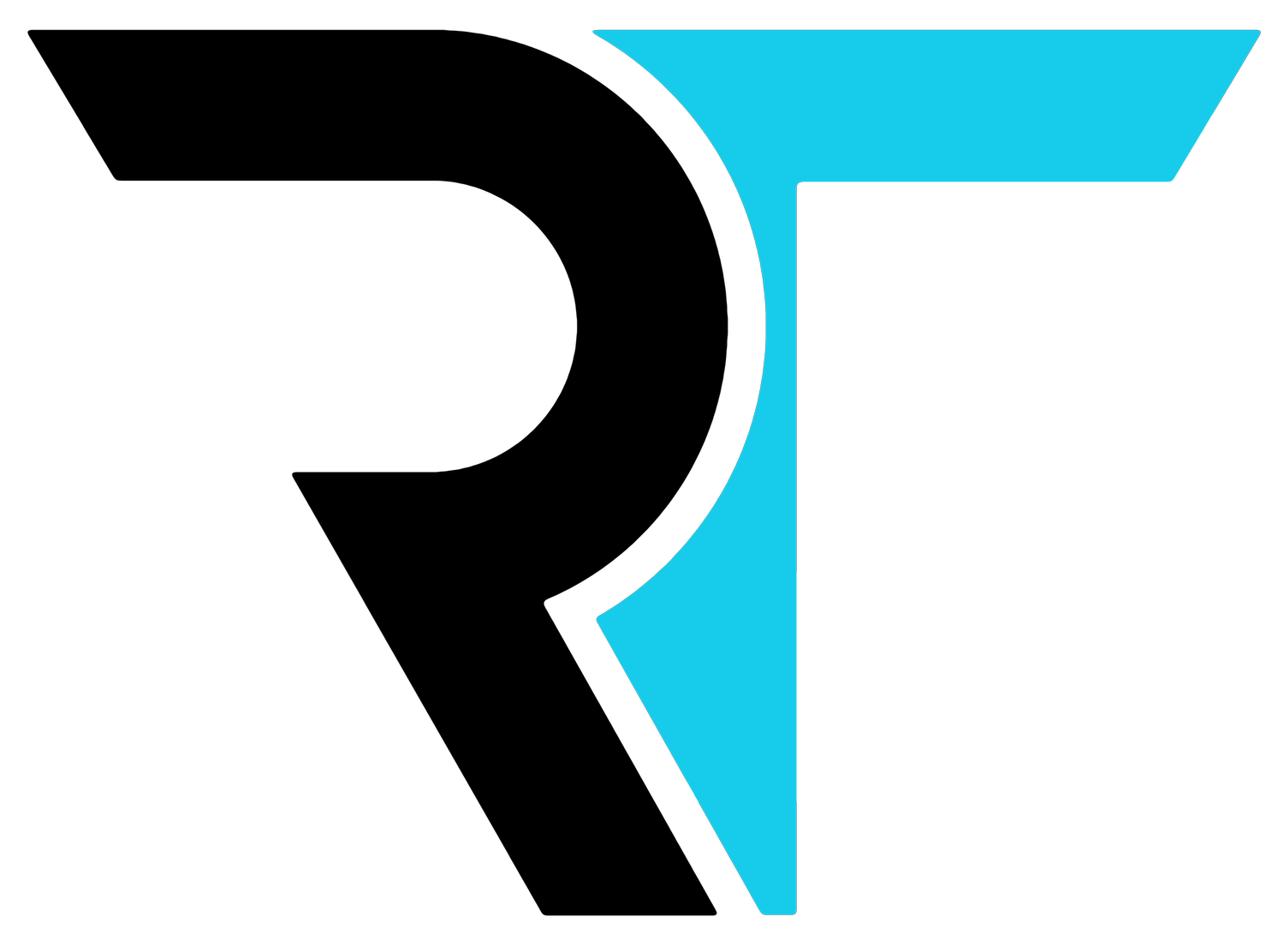
TMJ Physical Therapy
at Hands-on PT
HOW WE TREAT TMJ
Temporomandibular Joint Disorder, commonly known as TMJ or TMD, is a condition that affects the jaw joint and the muscles that control jaw movement. It can lead to a range of symptoms, including jaw pain, headaches, earaches, and difficulty in opening or closing the mouth. While TMJ pain can be debilitating, physical therapy has emerged as a highly effective non-invasive treatment option that can provide much-needed relief to patients. In this article, we will explore how physical therapy can help individuals experiencing TMJ pain regain their quality of life.
What is TMJ Disorder?
Before delving into the role of physical therapy, it is essential to understand TMJ disorder itself. The temporomandibular joint is the hinge-like structure that connects your jawbone to your skull. It allows you to perform essential functions like talking, chewing, and swallowing. When the joint becomes damaged or inflamed, it can result in TMJ disorder, leading to a host of symptoms.
Common symptoms of TMJ disorder include:
1. Jaw pain or tenderness.
2. Clicking or popping sounds when opening or closing the mouth.
3. Locking of the jaw.
4. Difficulty chewing or a feeling of the jaw being stuck.
5. Headaches, neck pain, and earaches.
6. Facial pain or discomfort.
The Causes of TMJ Disorder
TMJ disorder can have various causes, including:
1. Trauma or injury to the jaw.
2. Bruxism (teeth grinding or clenching).
3. Arthritis affecting the joint.
4. Stress and muscle tension.
5. Malocclusion (misalignment of the teeth).
6. Genetics.
How Physical Therapy Can Help
Physical therapy plays a crucial role in addressing the symptoms of TMJ disorder and improving the overall function of the jaw joint. Here are some ways in which physical therapy can provide relief to patients:
1. Evaluation and Customized Treatment Plans: A physical therapist will conduct a thorough evaluation to assess the extent of the TMJ disorder, considering the patient's medical history, symptoms, and lifestyle. Based on this assessment, they will develop a personalized treatment plan.
2. Pain Management: Physical therapists use various techniques to manage pain associated with TMJ disorder. This can include manual therapy, heat and cold therapies, and modalities like ultrasound or electrical stimulation to reduce inflammation and alleviate pain
3. Jaw Exercises: A significant part of TMJ physical therapy involves teaching patients specific jaw exercises. These exercises help improve jaw mobility, strengthen the jaw muscles, and reduce muscle tension.
4. Posture and Alignment Correction: Poor posture and alignment issues can contribute to TMJ disorder. Physical therapists can educate patients on proper posture and alignment techniques to minimize stress on the jaw joint.
5. Relaxation Techniques: Stress and anxiety can exacerbate TMJ symptoms. Physical therapists may introduce relaxation techniques like deep breathing, meditation, and stress management strategies to help patients relax their jaw muscles.
6. Manual Therapy: Hands-on techniques such as joint mobilization and soft tissue massage can be used to improve the mobility of the jaw joint and reduce muscle tension.
7. Education and Self-Care: Physical therapists educate patients about lifestyle modifications and self-care practices that can help manage TMJ disorder. This includes recommendations on diet, chewing habits, and the use of orthodontic devices if needed.
8. Long-Term Management: Physical therapy aims not only to provide immediate relief but also to equip patients with the tools and knowledge needed for long-term management and prevention of TMJ disorder symptoms.
TMJ disorder can significantly impact a person's quality of life, causing pain and discomfort in daily activities. Physical therapy offers a holistic and non-invasive approach to managing TMJ pain by addressing the underlying causes and symptoms. Through a combination of exercises, manual therapy, pain management techniques, and education, physical therapists empower patients to regain control over their jaw health and enjoy a life free from the constraints of TMJ pain. If you or someone you know is experiencing TMJ pain, consider consulting a physical therapist to explore the benefits of this effective treatment option.
“Everything negative - pressure, challenges - is all an opportunity for me to RISE.”
-Koby Bryant
OUR METHOD
2.) Pain Reduction
1.) Assessment & Diagnosis
4.) Long term Prevention
3.) Return to Function

WHAT BOISE IS SAYING:
⭐⭐⭐⭐⭐






